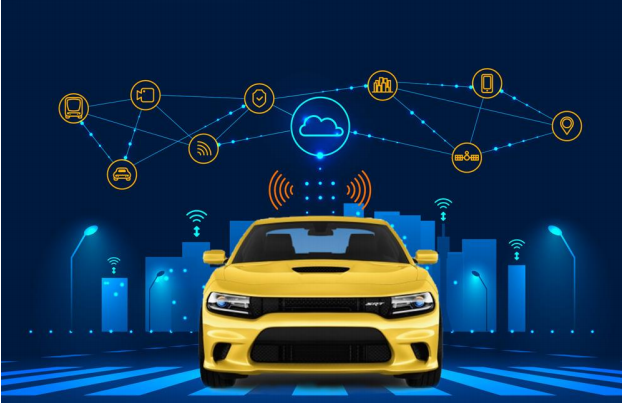The Internet of Things - technology that’s enabling unprecedented levels of connectivity and visibility, creating new opportunities for organizations to improve productivity and efficiency.
The Internet of Things is a technology that’s enabling unprecedented levels of connectivity and visibility, creating new opportunities for organizations to improve productivity and efficiency.
IOT has come to play a prime role in our daily routine due to progressing development of Information Technology. Everyday things are connected to the Internet of Things that generate massive amounts of data.
Millions of sensors and devices are continuously producing data and exchanging important messages via complex networks supporting machine-to-machine communications and monitoring and controlling critical smart-world infrastructures.
Processing, ingesting and storing this humongous amount of data more efficiently is a key challenge across all the industry right now. As a strategy to mitigate the escalation in resource congestion, edge computing has emerged as a new paradigm to solve IoT and localized computing needs.
What is edge computing?
Edge computing allows data from the Internet of Things to be analyzed at the edge of the network before being sent to a data center or cloud.
The growth of AI chipsets that can handle processing at the edge will allow for better real-time responses within applications that need instant computing. This, in turn, reduces the need to transfer the data back and forth from the cloud.

Edge Computing vs Cloud Computing: What’s the difference?
Edge computing is a kind of expansion of cloud computing architecture - an optimized solution for decentralized infrastructure. The main difference of cloud and edge computing is in the mode of infrastructure.
• Cloud is centralized.
• Edge is decentralized.
The edge computing framework's purpose is to be an efficient workaround for the high workload data processing and transmissions that are prone to cause significant system bottlenecks. Since applications and data are closer to the source, the turnaround is quicker, and the system performance is better.
Benefits of edge computing
• Achieve higher processing speed – Processing data closer to the source reduces network latency thus increases network performance and speed for end-user
• Increased Security – More data processed at the local device, therefore, which reduces security attacks which happen during data transfer over the network. Also, as it distributes processing, storage, and applications across a range of devices to lower the security risks significantly
• Cost savings – As edge computing retains most of the data at the device itself, it reduces the network latency which directly translates into dollars
• Superior reliability – Local storage and process ensures continuous operations & does not impact just because of most common issues like lost connectivity to the cloud
• Scalability –By bundling computing, storage, and analytics capabilities into devices, edge computing enables companies to scale-up their solutions reach and skills quickly and efficiently.
Is edge computing a boon for the automotive industry?
Edge Computing in the automotive industry is required to cope with the exponential growth of data in (partly) autonomous vehicles. Connected vehicles will continue to evolve at an exponential rate with V2V and V2X communication.
This generates a large volume of data (every connected vehicle will generate data up to 5TB/day). How to handle, process, analyse the large amounts of data and make critical decisions quickly and efficiently?
As cars generate significantly more data every day, it is becoming a big challenge to process all that sensor data efficiently in the car and to transfer parts of that data to the cloud. In addition to that, safety related functions need to be available all the time and cannot rely for their functioning on wireless connectivity. For such requirements, intelligent efficient edge computing comes to rescue.
One of the examples would be, when an Autonomous Vehicle driving on a road requires to break in an emergency or in a sudden dangerous situation. The application in the car must identify the hazard and react by applying the brakes, and all within milliseconds.
The application “emergency braking” cannot afford the 100ms transmission over a cellular network would take to communicate with cloud.
As a matter of fact, the computing by in-car chips should be done in 10’s of ms. In case of long, combined delays of computational and transmission latencies, lives will be at risk. The object detection in autonomous car mandatory requires to run the machine learning model at the edge for faster computing time.
High accuracy and low latency real time AI and data processing capability at the edge can be achieved using hardware like Edge TPU, a Tensor Processing Unit.



 Follow us on LinkedIn
Follow us on LinkedIn



